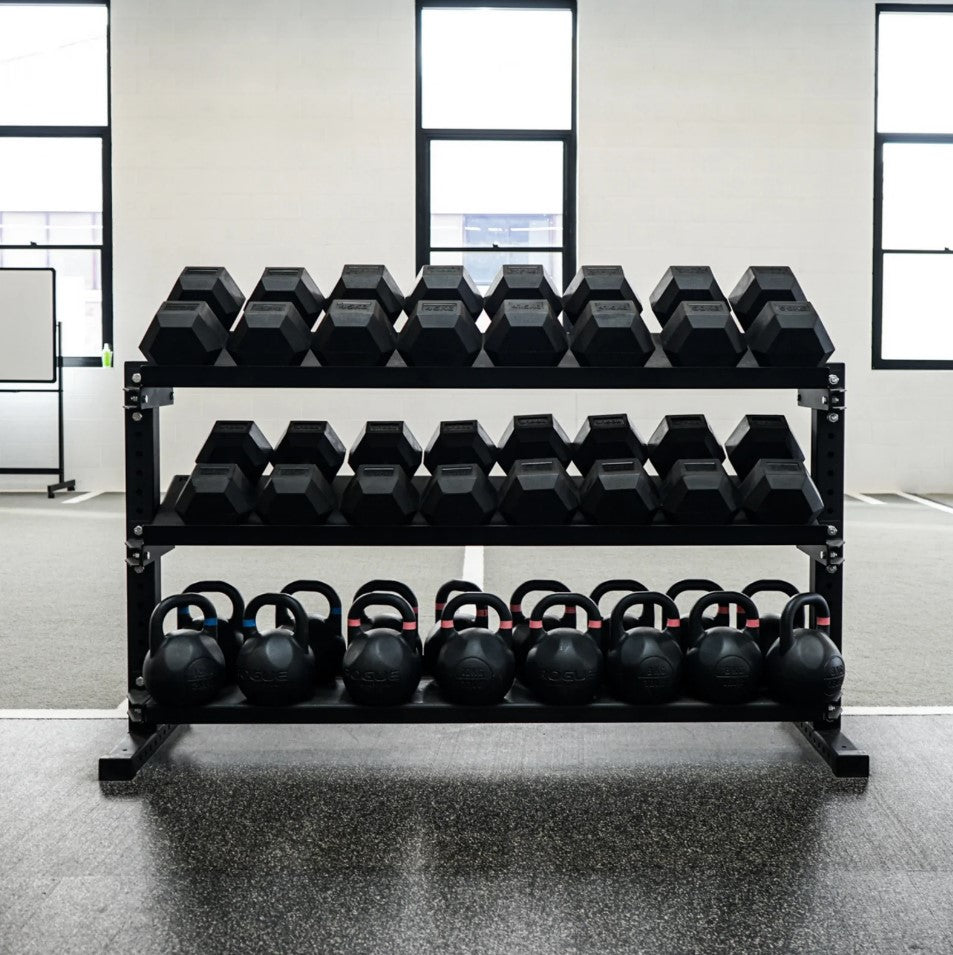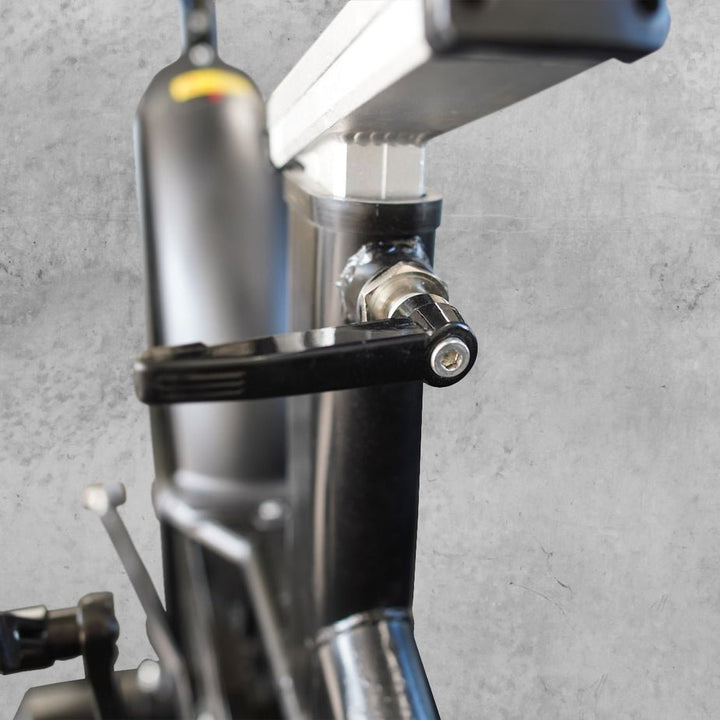How to Do Decline Bench Press Properly?

Elevate your chest routine with the decline bench press—a crucial exercise for anyone aiming to strengthen and define the lower part of their chest muscles. It’s an excellent way to diversify your workout and target muscle areas that other chest exercises might miss.
What is Decline Bench Press?
The decline bench press is a variation of the traditional bench press to emphasize the lower pectoral muscles. By setting the bench at a downward angle, it shifts the workout's focus to intensify the engagement of the lower chest, offering unique benefits compared to its flat and incline counterparts.
Decline Bench Press Benefits
The decline bench press specifically focuses on the lower part of your chest. This exercise can help you have a more defined and full-looking chest.
By working different angles of your chest, the decline bench press helps increase overall chest strength. Stronger chest muscles can improve performance in other exercises and daily activities.
The decline position of the decline bench press puts less stress on your shoulders compared to the flat or incline bench press. This makes it a good option if you have shoulder issues or want to prevent shoulder injuries.
Doing the decline bench press exercise regularly can also enhance muscle growth. This is because the decline bench press adds variety to your routine, which can help you build more muscle over time.
Using a decline bench requires more control and stability. Because of this, the decline bench press can help improve your overall balance and help you lift more effectively.
Muscles that are Worked by Decline Bench Press
Engaging primarily the lower chest, this exercise also works several key areas:
The primary muscle that is worked during the decline bench press is the lower part of your pectoral muscles (pectoralis major). This helps in creating a fuller and more defined chest appearance.
The triceps, which are the muscles located on the back of your upper arm, are heavily involved in pressing the weight away from your body. They assist in extending your elbows during the lift.
Another muscle that is engaged during the decline bench press is the anterior deltoid or the muscle on the front part of your shoulder. The anterior deltoids help stabilize your shoulders and assist in pressing the weights.
Decline Bench Press Angle
The angle of the bench is important when performing the decline bench press to ensure that you effectively target the lower chest muscles while minimizing the risk of discomfort or injury. An optimal setup involves adjusting the bench to an angle of about 15-30 degrees.
This specific angle range is deal because it adds more challenge to the lower part of the pectoral muscles without placing excessive strain on the shoulders or lower back. By maintaining this angle, you can maximize muscle engagement and achieve better results.
Decline Bench Press Form
First, adjust the bench to a decline angle of about 15-30 degrees. Secure your legs at the end of the decline bench and make sure that your feet are locked in to prevent sliding.
Lie back on the bench and make sure that your head, shoulders, and buttocks remain in contact with the bench throughout the exercise.
Grip your barbell slightly wider than shoulder-width apart. Your wrists should be straight and aligned with your forearms.
Begin with the barbell directly above your chest, arms fully extended but elbows not locked. This is your starting position.
Slowly lower the barbell toward your lower chest in a controlled manner. Your elbows should form a 45-degree angle with your body. Inhale as you lower the barbell. This helps maintain control and engages your core.
Press the barbell back up to the starting position, fully extending your arms but not locking your elbows. Exhale as you press the barbell upward as this helps with force generation and stability.
Decline Bench Press Alternatives
If the decline bench press isn’t an option, or if you’re looking for variety:
- Flat Bench Press
The first alternative for the decline bench press is the flat bench press. The flat bench press works your entire chest, including the lower part to some extent. It's a staple chest exercise that also engages your shoulders and triceps.
- Incline Bench Press
Although it primarily targets the upper chest, the incline bench press also engages the entire pectoral muscle group, shoulders, and triceps, providing a good variation in your chest workout.
- Chest Dips
Chest dips are excellent for targeting the lower chest and triceps. Leaning slightly forward during the exercise increases the emphasis on the lower chest muscles.
- Push-Ups
Standard push-ups can be modified to target different areas of the chest. Elevating your feet can shift the focus more towards the lower chest.
- Decline Push-Ups
Performing push-ups with your feet elevated on a bench or step targets the lower chest more effectively, similar to the decline bench press.
- Cable Decline Flyes
Using cables to perform decline flyes can isolate the lower chest muscles. Adjust the pulley to a high position and perform the flyes on a decline bench.
- Decline Dumbbell Press
Similar to the decline bench press, using dumbbells can help target the lower chest while also improving muscle balance and coordination.
- Dumbbell Pullover
The dumbbell pullover engages the chest, especially the lower part, as well as the lats and triceps. Lying on a bench, you lift a dumbbell over and behind your head and then bring it back over your chest.
- Machine Chest Press
Adjusting the seat position on a machine chest press can help focus more on the lower chest. This exercise provides a stable movement pattern that can be safer for some people.
- Smith Machine Decline Bench Press
Using a Smith machine for the decline bench press offers more stability and can be a good alternative if you want to reduce the need for balance while targeting the lower chest.
How to Avoid Injury?
Make sure that your bench angle is appropriate (15-30 degrees) and secure your legs. Remember to keep your back, shoulders, and head firmly ont he bench.
Your movements should be controlled to avoid injury. Lower the weights slowly and under control to your chest, and press them back up without locking your elbows.
Always start with lighter weights to perfect your form before increasing weight gradually.
Always start the exercise by doing warm up with light cardio or dynamic stretches to prepare your muscles.
The Equipment for Doing Decline Bench Press
For an effective decline bench press setup, consider these top-tier BRIXX Fitness products:
- BRIXX Hex Dumbbells
- BRIXX Adjustable Decline Bench
Conclusion
The decline bench press is a superb exercise to incorporate into your chest training routine for focused lower pectoral strengthening. With BRIXX Fitness equipment, you can ensure a safe, effective, and diverse workout. Upgrade your gym collection with our high-quality gear, and push your fitness to new heights today!






















